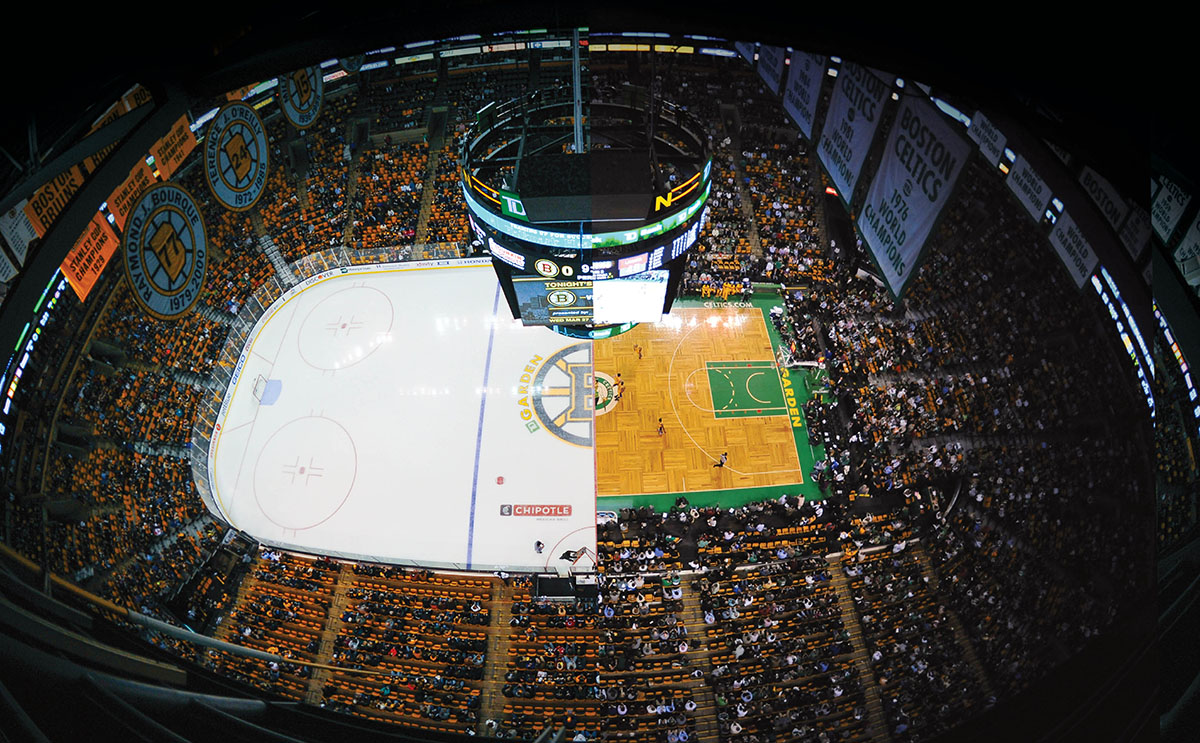Next season Lebron James will join the LA Lakers. With Kyrie Irving starring on the Celtics, this breathes new air into the greatest rivalry in sports history. With Lebron’s migration to the Western Conference, the Celtics are poised to become the next big dog in the Eastern Conference in the 2018-19 season. But how does this relate to hardwood floors you might ask…
History
The TD Garden home of the Boston Celtics is one of the most iconic sports courts in history. Opened in 1995, the TD Garden a replacement for the classic Boston Garden pays homage to the original Parquet floors. The Parquet floors were built and installed in the Boston Garden in 1952 and parts of the original floor is still used today. The Parquet style is not the only thing that separates these floors from the rest of the league. The Celtics are the only team which uses Red Oak instead of Maple for their court. In the 80s Boston Garden was notorious for being one of the toughest buildings for visiting NBA teams. Even today the Celtics remain one of the toughest teams at home taking the defending Conference champions to game 7 without the leadership of their two biggest stars.
In the 80s it was known around the league the Garden has hidden dead spots. “You have to be a sure dribbler,” said Chris Ford former Celtics guard. “I never tried to do anything fancy. I remember when Ray Williams was here a few years ago, he’d try one of his fancy moves and the ball never came up”. It was likely these dead spots came from the warping of the wood caused by the NHL Bruins games which were often hosted right below a layer of plywood on the court the night before. Could the same be true 30 years later?
Hardness
Although some could argue each court may have their distinctive advantages there is one concrete difference which no other court shares. Red Oak has a Janka hardness rating of 1290 while Maple has a hardness of 1450. How these ratings are determined is by seeing how much pressure is needed to push a .444 inch steel ball halfway through the surface of the wood.
This difference makes Maple 12% harder than its Red Oak counterpart. When a ball bounces it loses some of its momentum to the floor by transferring a portion of its energy. Bouncing on a softer surface requires more energy to retain the same height. At the highest level where even a fraction of a second makes a huge difference, could the Celtics players simply be more accustomed to Red Oak?
We’ll have to if Kyrie can get the best of Lebron when they hit the hardwood this upcoming season… I’m excited, are you?

